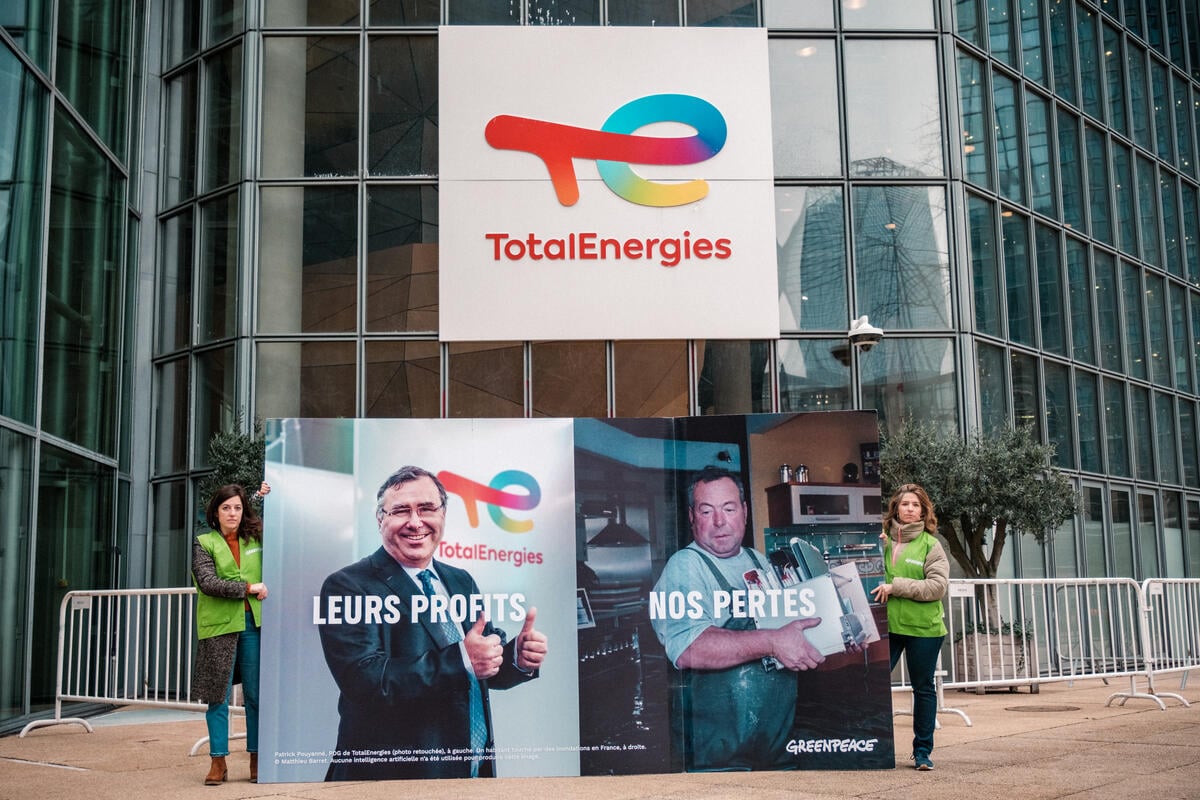Hyundai Motor Company (HMC), the fifth largest car maker in the world, has been one of Greenpeace Korea’s key campaign targets, and for past few years, we have been advocating for their transition from internal combustion engine (ICE) cars to 100% electric vehicles (EV) to prevent the worst impacts of climate change. Fortunately, on 10 December, HMC announced its plan to strengthen EV and hydrogen energy ambitions with some impressive numbers: Increasing EVs and fuel cell electric vehicles(FCEVs) to 25.8% of its total sales by 2030 and 78% by 2040.
Now some may wonder, why are internal combustion engine cars (ICE) bad? And why are electric vehicles (EV) good? The answer is simple. Even the most efficient ICE cars emit a few tons of CO2 per year, which endangers the planet and us, the humanity. EVs are not completely emission free, but they have much lower CO2 emission and have clear potential to lower CO2 emissions close to zero when they run on solar and wind energy.
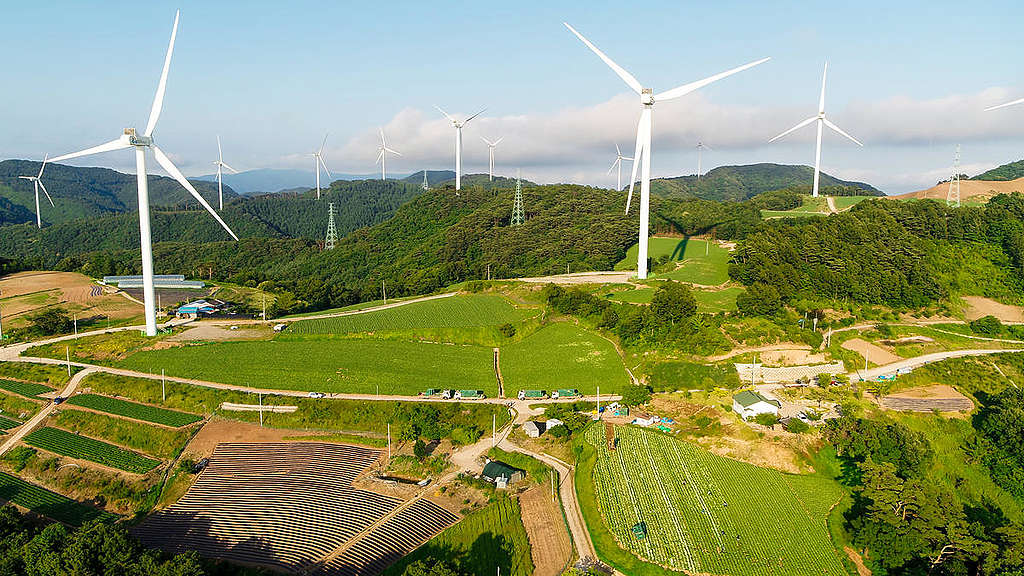
Hyundai Motors’s plans fall short
According to its announcement, HMC also plans to go 100% EV in Europe, China and the US by 2040. Yet, it did not commit to sell 100% EVs in other countries including its home country, South Korea, and other emerging economies. How does HMC’s new announcement measure up to what we need to achieve as a society and make our air cleaner but also avoid an irreversible extinction crisis that will undo both civilisation and nature?
Here is the answer to the question. HMC’s latest plan falls short of what is required to avert the worst impacts of climate change. What needs to happen instead? The answer is, we need to make sure that all cars on our planet are zero emission cars by 2050.
The math behind this conclusion is simple. First, the global community needs to achieve a net-zero society before 2050 in order to have the chance of limiting global warming at 1.5 degree Celsius. Second, cars last for 15 years on average, which means cars sold in 2036 will be still on the road in 2050. So, what needs to happen in order to make all cars on the road zero emission by 2050? Ban sales of gasoline or diesel cars by 2035 at the latest.
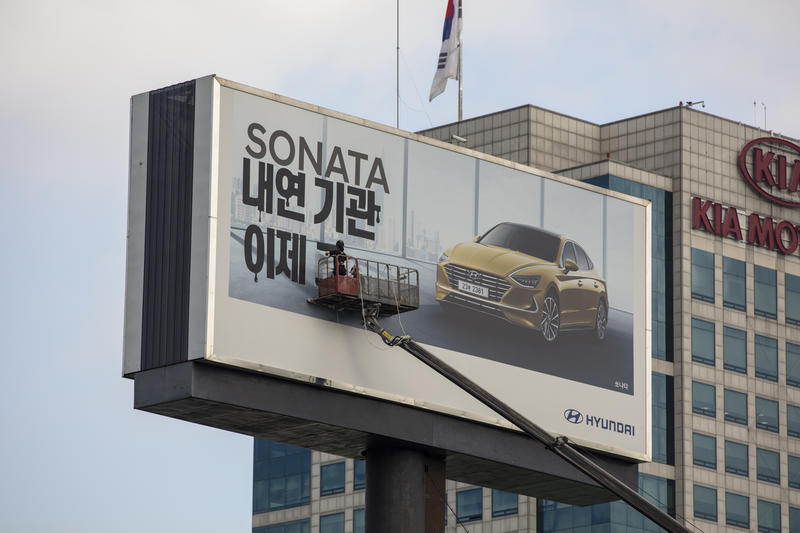
It is really clear math, and many governments understand this. Norway has decided to ban sales of internal combustion engine (ICE) cars by 2025. More recently, the UK government made an official announcement to ban sales of ICE cars after 2030. California has also decided to ban ICE cars starting 2035, and other states in the US are considering following California’s lead.
HMC may argue that it is doing enough since the company will be going 100% zero emission cars in Europe, US and perhaps China. Sure, their 78% zero emission cars by 2040 may be in compliance with regulations in key markets. However, net-zero emission by 2050 is not a national target but a global one. A major automaker such as HMC selling 22% ICE cars in 2040 means there will still be a considerable number of ICE cars on the road by 2050, creating a major obstacle to achieving perhaps one of the most important goals humanity has ever set to achieve.
It’s not an easy change, but EV’s future looks bright
Even with everyone on board, we are facing a tight schedule as transitioning from ICE to 100% EVs will take time. Some jobs will unfortunately be lost in the process as well since the existing ICE vehicle components such as engines, transmissions and exhaust system will no longer be needed in EVs. The good news however is there will be many new jobs created from installation, operation and maintenance of charging points.
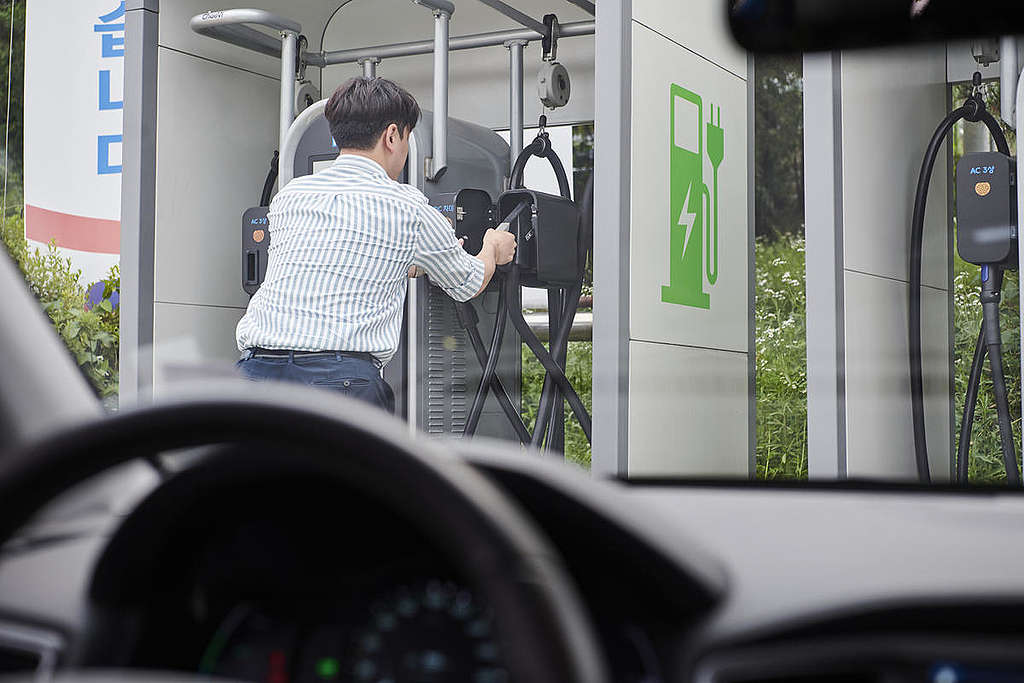
Another good news is that transition to 100% EV will bring so many benefits to society, including economic ones. This may sound counter-intuitive since EVs are currently more expensive than ICE cars. Yet, there are many innovations happening in the EV industry which will make EVs affordable for more people in the near future. For example, Tesla plans to produce lower-priced, compact cars as early as 2023. EVs by other brands are expected to become more affordable as the price of battery continues to fall.
Powered with electricity, EVs are also several times cheaper to operate in most countries compared to cars that run on expensive diesel and gasoline. Recent analysis by institutes such as the UK Committee on Climate Change and Mckinsey Institute concluded that EVs will become cheaper, making transport the least costly sector to achieve net-zero. Furthermore, as an added benefit, air quality will improve considerably, allowing people to breathe the air they deserve and prevent more illnesses and deaths.
So, why are auto companies like HMC refusing to set a goal of transitioning to 100% EV by 2035 – or even earlier? Most likely, many existing automakers have created a value chain and expertise on making ICE cars and wish to continue making profit from selling ICE cars.
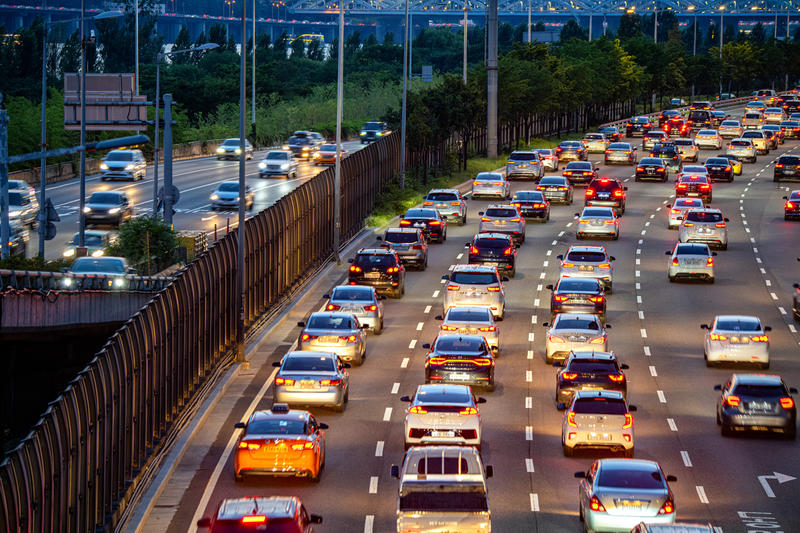
Automakers’ ambitions should be bigger
How do you feel about these auto companies that plan to continue manufacturing products that undermine the very climate that supports our survival while other companies are only producing EVs to protect our planet? Tesla, for one, has an ambition to produce 20 million EVs by 2030 in order to accelerate the EV transition. Additionally, other companies such as Nio, Xpeng, and BYD are stepping up to the challenge of achieving net-zero as soon as possible.
In its announcement, HMC said it is aiming to capture 8~10% of the global market while still selling ICE cars that spew out climate-destroying CO2 as late as 2040. Is this a sustainable plan? The answer is no. HMC must revisit its plan and strengthen its EV plan if it truly wants to be a part of a sustainable future, which is the only future we can afford.
Jiseok Kim is a Climate and Energy Specialist at Greenpeace East Asia.

